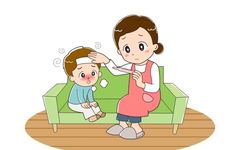
Wind-Heat Cold
In Traditional Chinese Medicine (TCM), colds are classified into two types: Wind-Cold and Wind-Heat colds.
Although both types fall under the category of colds,
they differ in nature, symptoms, and causes.
Therefore, they require different treatment approaches.
During the hot summer months, due to heat and humidity, Wind-Heat colds are more prevalent.
However, for the average person, it can be difficult to distinguish between Wind-Cold and Wind-Heat colds.
How to Distinguish Between “Wind-Cold” and “Wind-Heat”

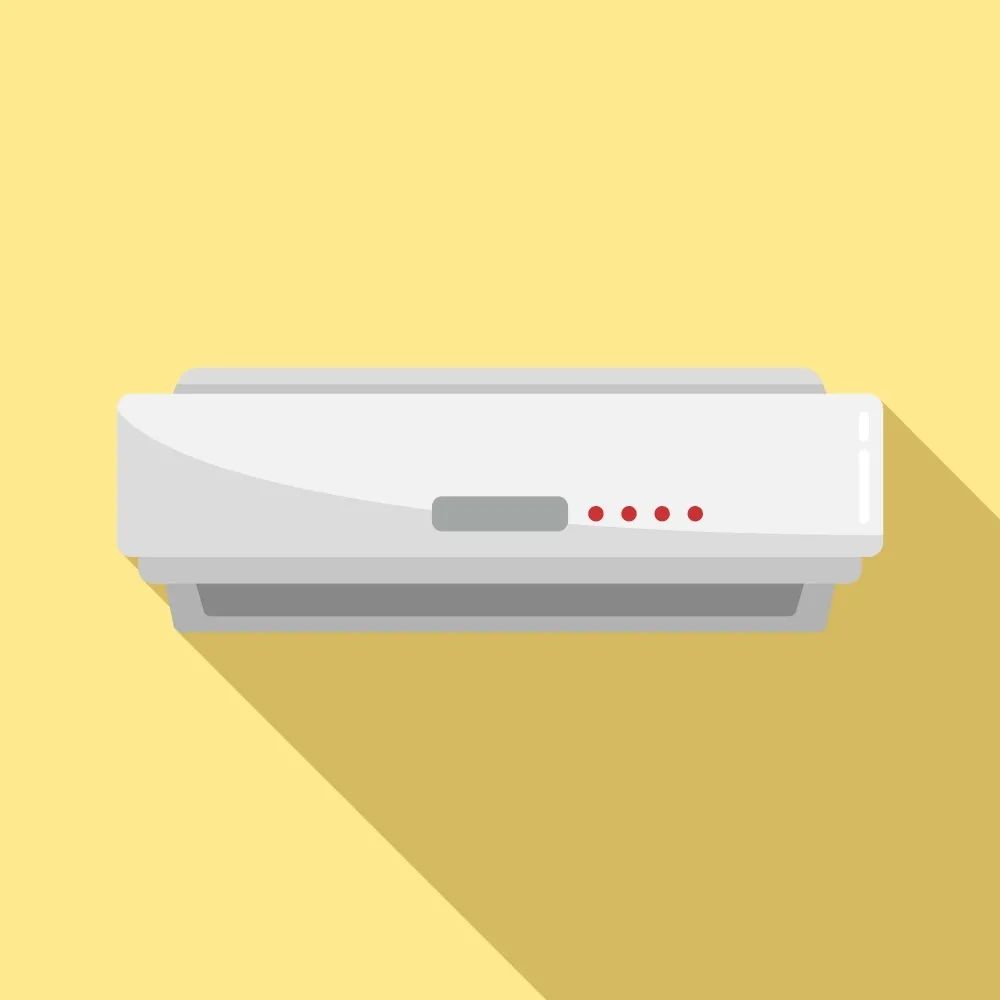 Wind-Cold Cold is usually caused by fatigue, lack of rest, and exposure to wind or cold, typically occurring in autumn and winter. Symptoms include: severe chills, mild fever, no sweating, headache, body aches, nasal congestion with clear discharge, cough with thin white phlegm, and no thirst or preference for hot drinks, with a thin white tongue coating.
Wind-Cold Cold is usually caused by fatigue, lack of rest, and exposure to wind or cold, typically occurring in autumn and winter. Symptoms include: severe chills, mild fever, no sweating, headache, body aches, nasal congestion with clear discharge, cough with thin white phlegm, and no thirst or preference for hot drinks, with a thin white tongue coating.

(Image source: Internet)
Wind-Heat Cold
is usually characterized by fever symptoms.
Symptoms include: headache, sore throat, dry mouth, yellow tongue coating,
with patients often experiencing yellow nasal discharge and constipation.
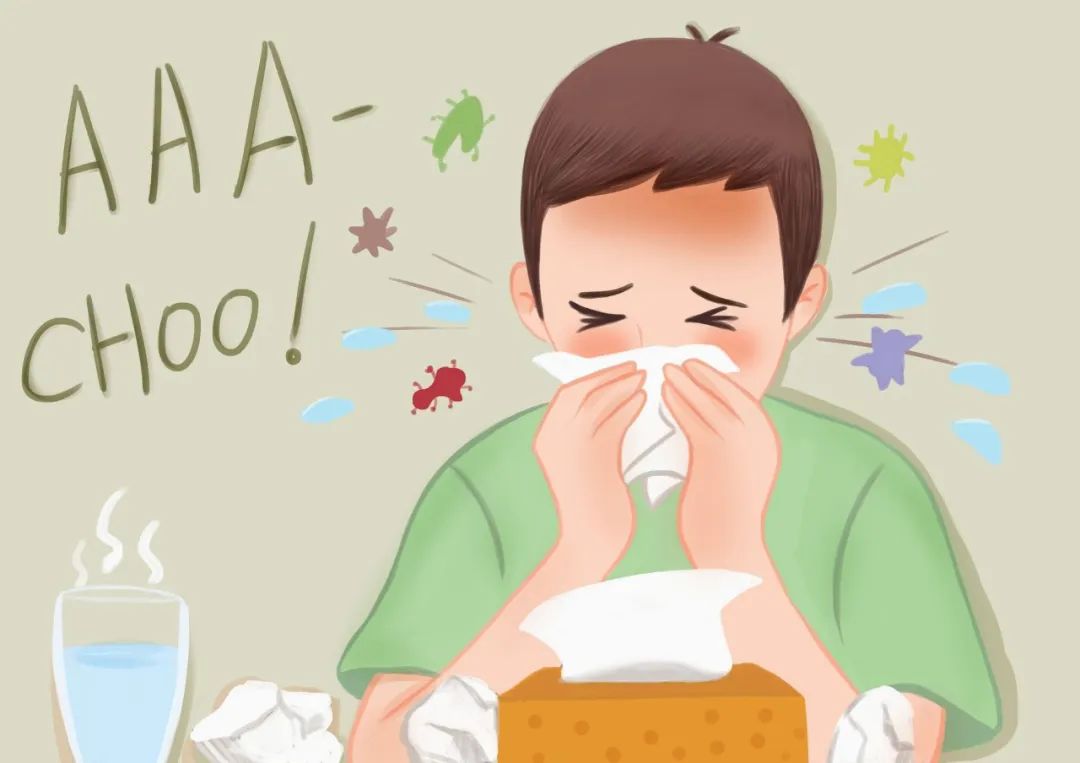 |
Four Key Habits to Prevent Summer Colds
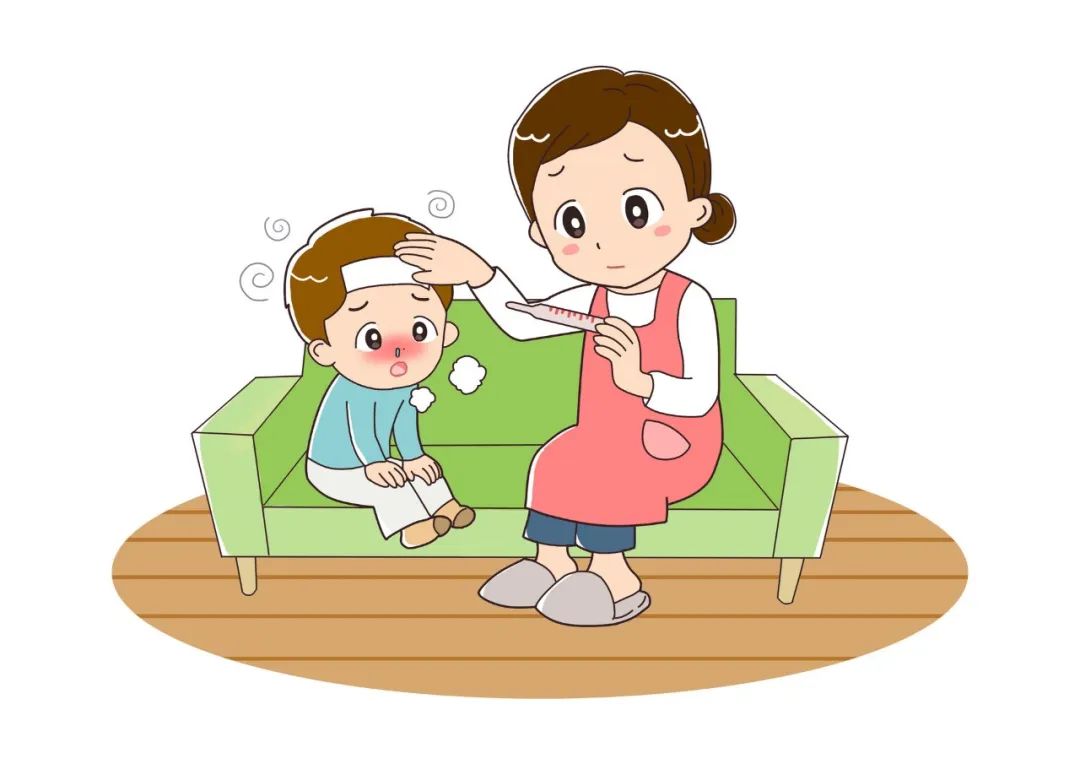

1. Reduce Time Spent in Air-Conditioned Rooms
In summer, due to the large temperature difference between indoors and outdoors, and poor ventilation indoors, it is easy to catch a cold or develop a fever. Do not prioritize temporary comfort over your health; the hotter it gets, the more you should strengthen your heat tolerance and reduce time spent in air-conditioned rooms. For office workers who work in air-conditioned environments, it is best to minimize air conditioning use at home, especially avoid rushing into an air-conditioned room as soon as you get home. Additionally, ensure regular cleaning of home air conditioners, as dust mites are a major allergen.
2. Focus on Light Foods
Summer diets should emphasize light flavors, avoiding greasy, spicy, and cold foods. Dishes like mung bean porridge, lotus seed and lily porridge, lotus leaf porridge, and red date porridge are suitable for summer consumption and help prevent heatstroke. Additionally, staying hydrated is crucial. Especially after consuming a lot of high-salt and high-sugar foods, water helps restore hydration and vitamins, preventing dry mouth and weakened immune function.

3. Ensure Adequate Sleep
In summer, Yang energy is often depleted, leading to fatigue. Staying up late can harm the spirit and Qi, so it is essential to ensure adequate sleep during summer nights. Of course, after proper rest, moderate exercise should also be incorporated; staying indoors all day with a computer can easily lower the body’s immune function, leading to colds.
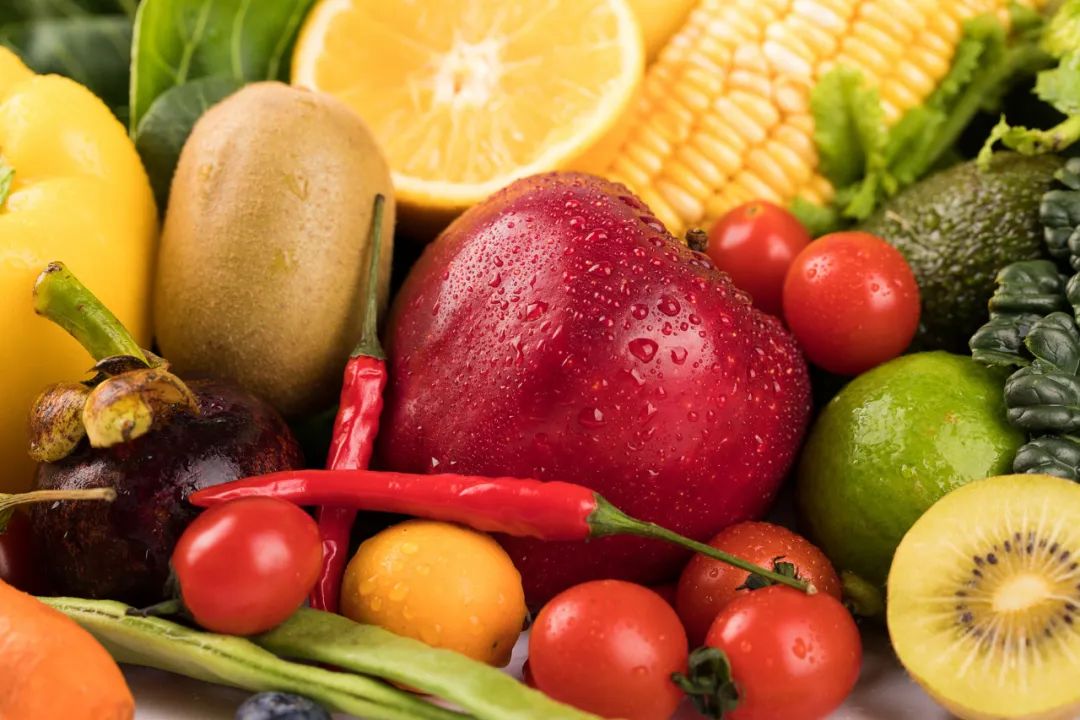
4. Maintain a Good Mood
In the sweltering heat, many people tend to feel depressed and may even lose their temper. It is important to know that those who frequently worry are more likely to experience a decline in immune function, weakening the body’s ability to kill and engulf pathogenic microorganisms, giving respiratory viruses an opportunity to invade. Therefore, maintaining a good mood and an open mind can also help prevent heat colds to some extent.As summer is a peak season for colds, friends should pay extra attention, especially to “heat colds,” and keep some cold medicine at home for prevention.
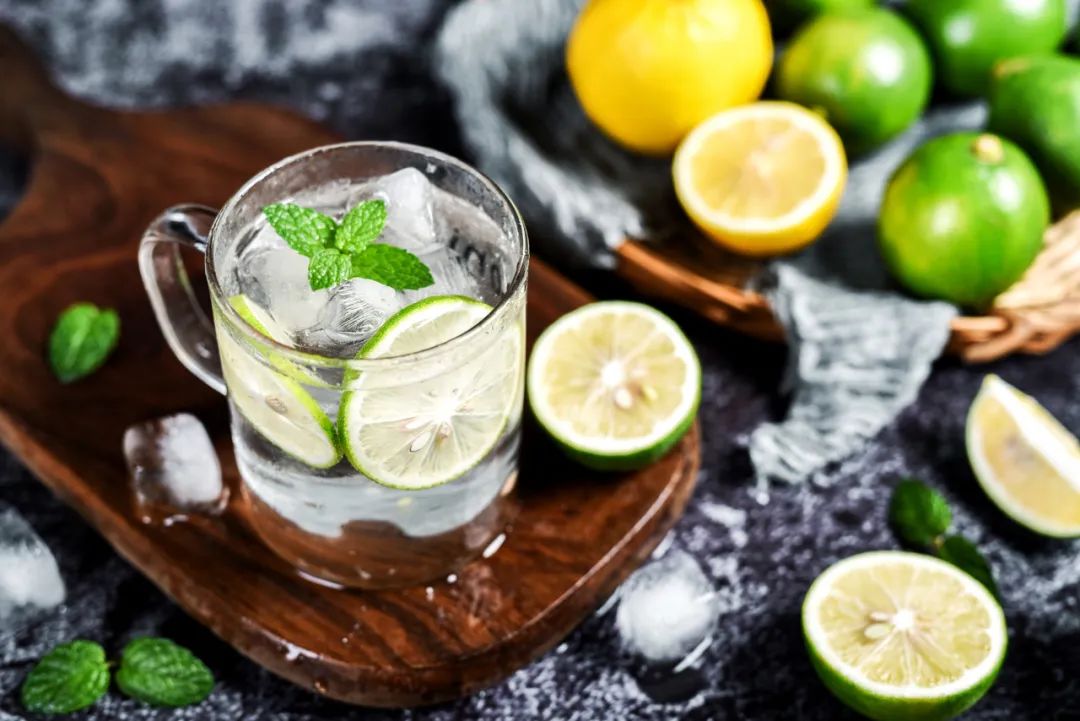 |
 |
 |
In TCM, it is believed that illness occurs primarily due to the invasion of external pathogenic factors. There are six types of pathogenic factors in nature: Wind, Cold, Heat, Dampness, Dryness, and Fire. Wind pathogens typically invade the head and face, causing symptoms like headaches, runny nose, sneezing, coughing, and sore throat, which are generally considered to be caused by Wind. Since “Wind is the leader of all diseases,” Cold and Heat pathogens often require the assistance of Wind to invade the body, hence the distinction between Wind-Cold and Wind-Heat colds.
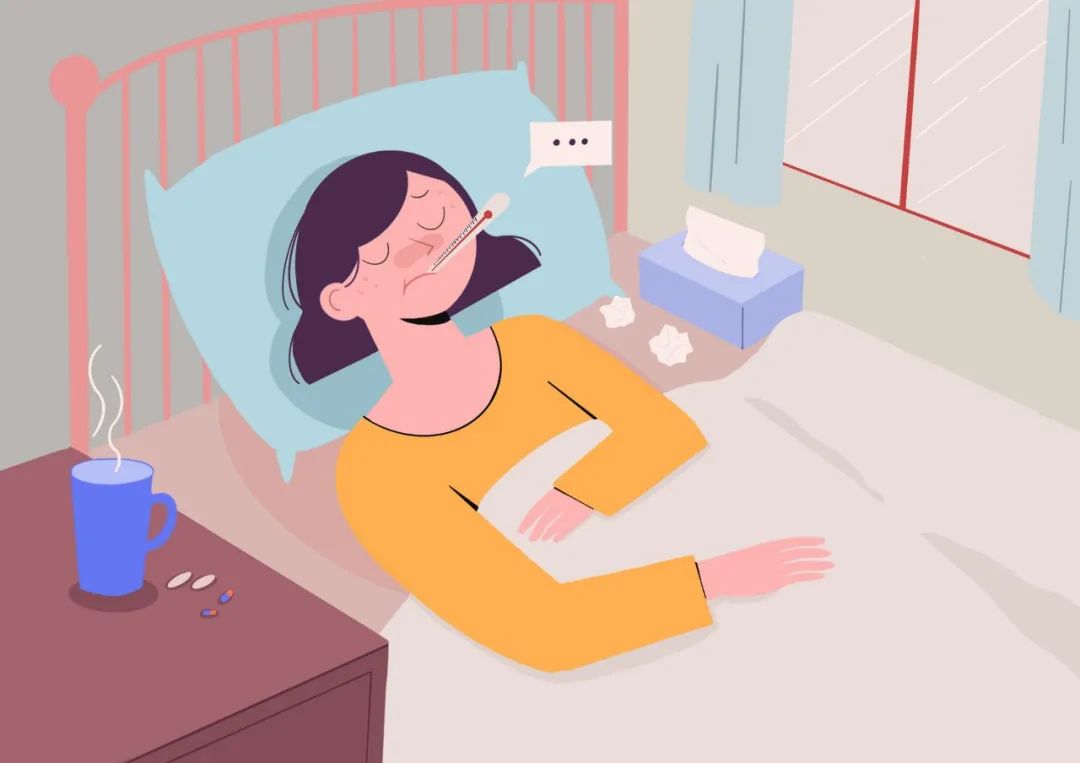
 Doctors indicate that 70% of people catch colds in summer due to “heat colds.” Even individuals with a weak cold constitution are likely to exhibit symptoms of Wind-Heat colds at the onset. The main manifestations include dry mouth, bitter taste, dry and sore throat, constipation, headache, body aches, nasal congestion with yellow discharge, cough with yellow phlegm, red tongue with yellow coating, often accompanied by high fever and mild chills. Those with a weak cold constitution (Spleen and Kidney Yin deficiency) may also experience symptoms like throat inflammation and diarrhea with blood.
Doctors indicate that 70% of people catch colds in summer due to “heat colds.” Even individuals with a weak cold constitution are likely to exhibit symptoms of Wind-Heat colds at the onset. The main manifestations include dry mouth, bitter taste, dry and sore throat, constipation, headache, body aches, nasal congestion with yellow discharge, cough with yellow phlegm, red tongue with yellow coating, often accompanied by high fever and mild chills. Those with a weak cold constitution (Spleen and Kidney Yin deficiency) may also experience symptoms like throat inflammation and diarrhea with blood.
 |
Teacher Ren reminds you
Summer colds can be classified as Cold or Heat.
Remember to share this with your family.
Distinguish symptoms and treat accordingly.
▪ THE END ▪
Scientific Regulation, Differentiated Diagnosis and Treatment
Focus on Nutrition, Only for Health
For consultation and regulation, please add: heyangtangvv09



